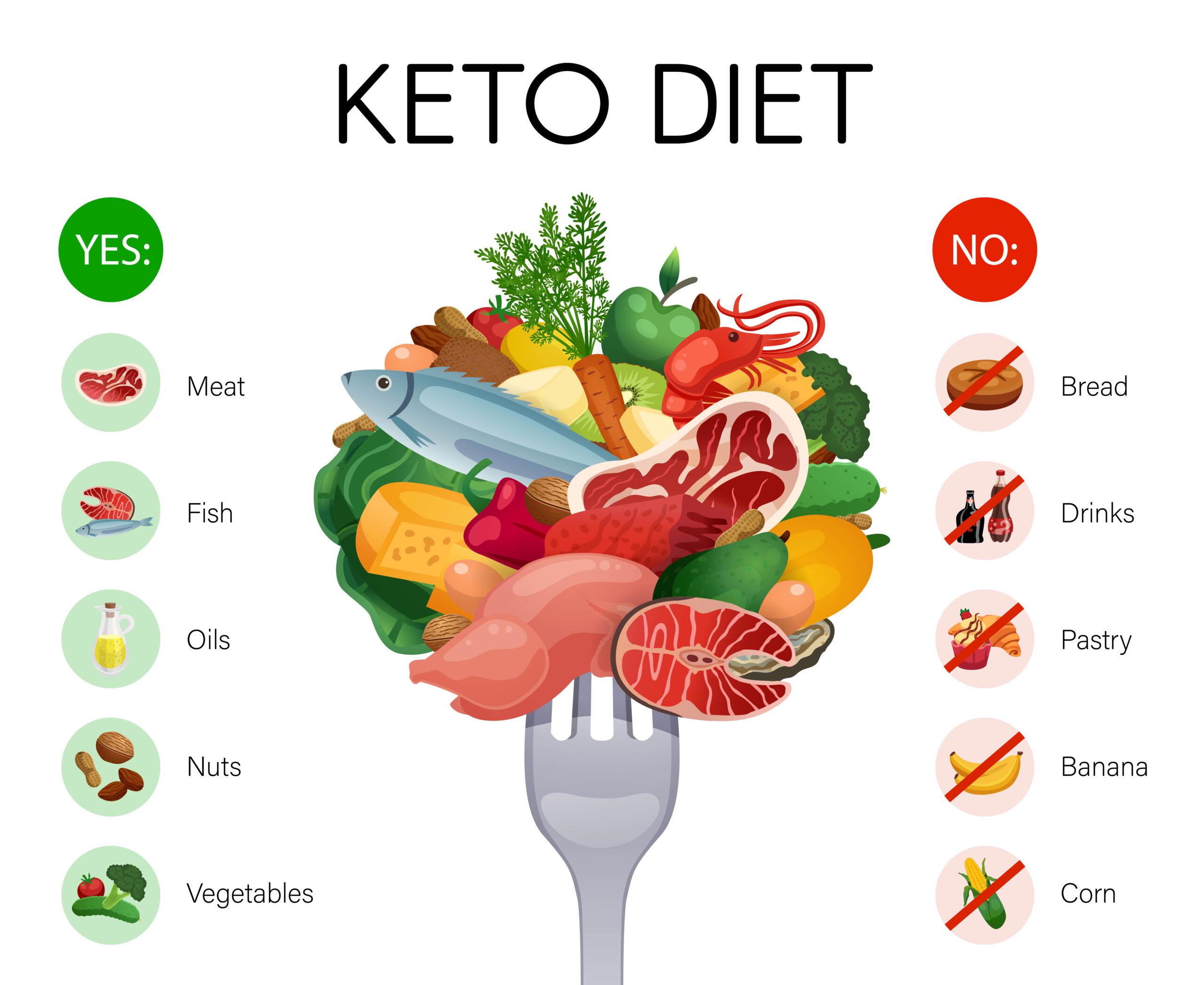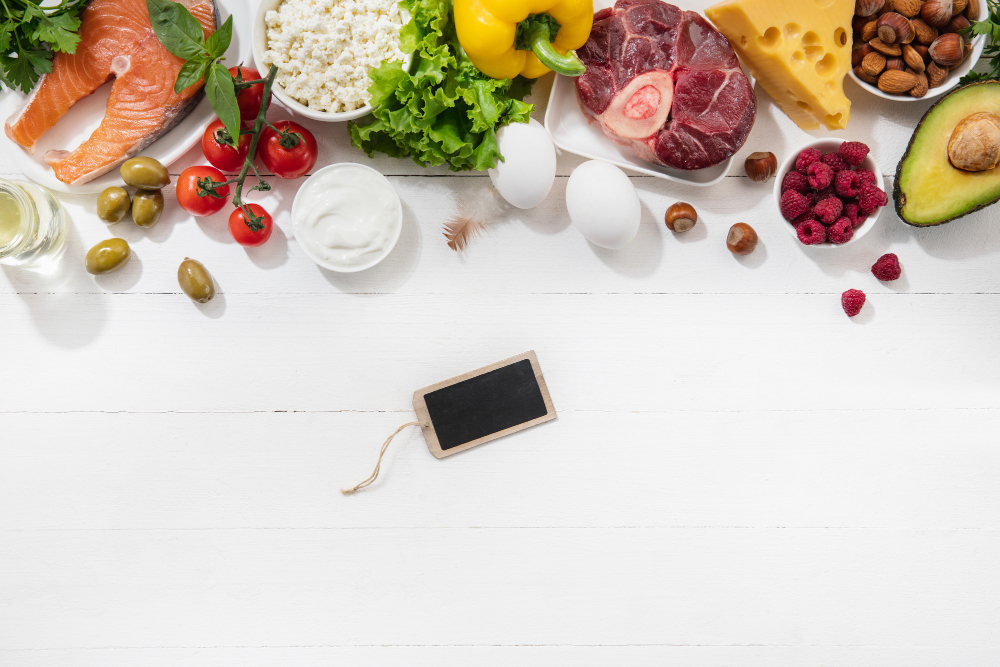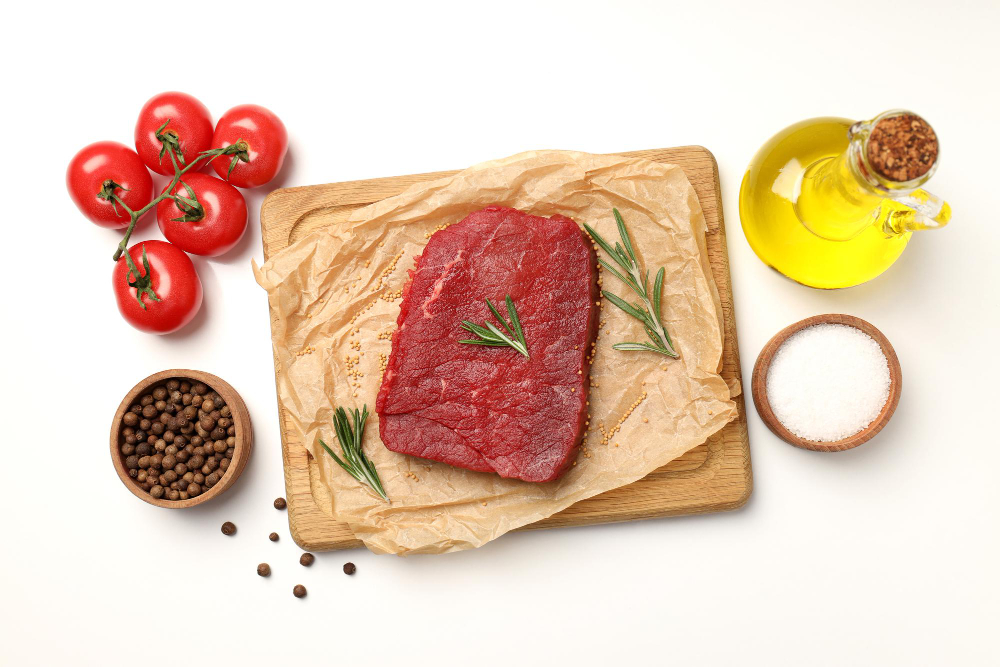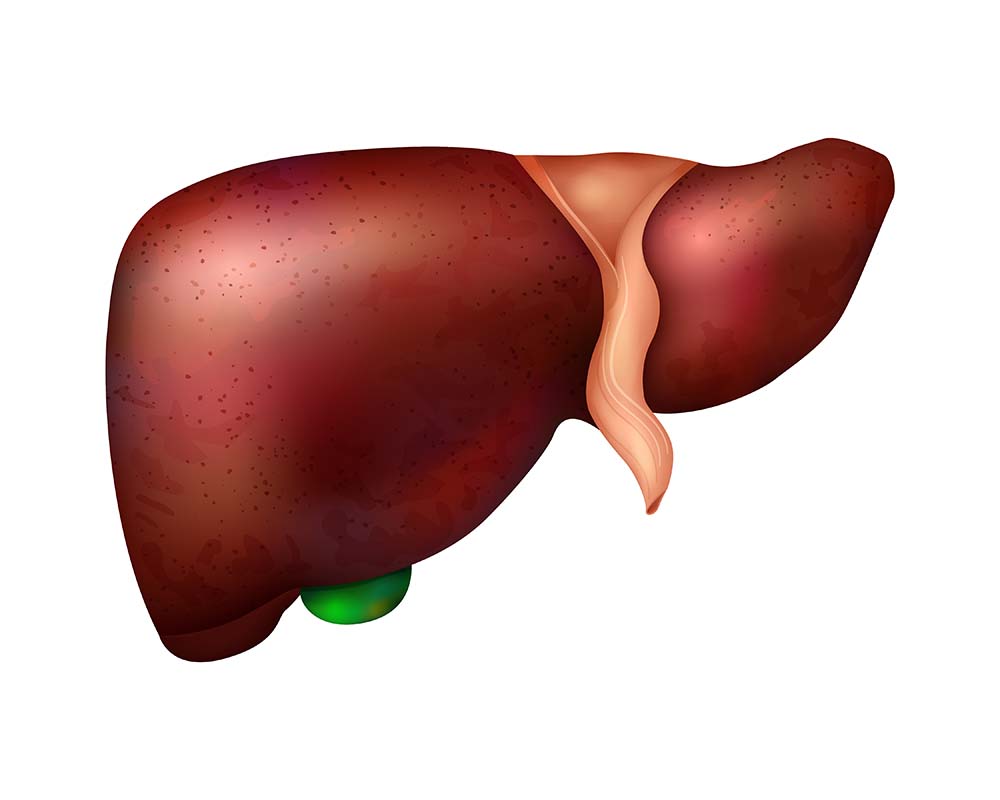
diat and recipes
Ketogenic diet
It involves drastically reducing carbohydrate intake and replacing it with fat. This reduction in carbs puts your body into a metabolic state called ketosis.
When this happens, your body becomes incredibly efficient at burning fat for energy. It also turns fat into ketones in the liver, which can supply energy for the brain
Ketosis is a metabolic state in which your body uses fat for fuel instead of carbs.
It occurs when you significantly reduce your consumption of carbohydrates, limiting your body’s supply of glucose (sugar), which is the main source of energy for the cells.
Following a ketogenic diet is the most effective way to enter ketosis. Generally, this involves limiting carb consumption to around 20 to 50 grams per day and filling up on fats, such as meat, fish, eggs, nuts, and healthy oils

Here’s a list of foods that need to be reduced or eliminated on a ketogenic diet:
- sugary foods: soda, fruit juice, smoothies, cake, ice cream, candy, etc.
- grains or starches: wheat-based products, rice, pasta, cereal, etc.
- fruit: all fruit, except small portions of berries like strawberries
- beans or legumes: peas, kidney beans, lentils, chickpeas, etc.
- root vegetables and tubers: potatoes, sweet potatoes, carrots, parsnips, etc.
- low fat or diet products: low fat mayonnaise, salad dressings, and condiments
- some condiments or sauces: barbecue sauce, honey mustard, teriyaki sauce, ketchup, etc.
- unhealthy fats: processed vegetable oils, mayonnaise, etc.
- alcohol: beer, wine, liquor, mixed drinks
- sugar-free diet foods: sugar-free candies, syrups, puddings, sweeteners, desserts, etc
In case you get hungry between meals, here are some healthy, keto-approved snacks:

You should base the majority of your meals around these foods:
- meat: red meat, steak, ham, sausage, bacon, chicken, and turkey
- fatty fish: salmon, trout, tuna, and mackerel
- eggs: pastured or omega-3 whole eggs
- butter and cream: grass-fed butter and heavy cream
- cheese: unprocessed cheeses like cheddar, goat, cream, blue, or mozzarella
- nuts and seeds: almonds, walnuts, flaxseeds, pumpkin seeds, chia seeds, etc.
- healthy oils: extra virgin olive oil, and avocado oil
- avocados: whole avocados or freshly made guacamole
- low carb veggies: green veggies, tomatoes, onions, peppers, etc.
- condiments: salt, pepper, herbs, and spices
A sample keto meal plan for 1 week To help get you started, here’s a sample ketogenic diet meal plan for one week:
Monday
- breakfast: veggie and egg muffins with tomatoes
- lunch: chicken salad with olive oil, feta cheese, olives, and a side salad
- dinner: salmon with asparagus cooked in butter
Tuesday
- breakfast: egg, tomato, basil, and spinach omelet
- lunch: almond milk, peanut butter, spinach, cocoa powder, and stevia milkshake (more keto smoothies here) with a side of sliced strawberries
- dinner: cheese-shell tacos with salsa
Wednesday
- breakfast: nut milk chia pudding topped with coconut and blackberries
- lunch: avocado shrimp salad
- dinner: pork chops with Parmesan cheese, broccoli, and salad
Thursday
- breakfast: omelet with avocado, salsa, peppers, onion, and spices
- lunch: a handful of nuts and celery sticks with guacamole and salsa
- dinner: chicken stuffed with pesto and cream cheese, and a side of grilled zucchini
Friday
- breakfast: sugar-free Greek, whole milk yogurt with peanut butter, cocoa powder, and berries
- lunch: ground beef lettuce wrap tacos with sliced bell peppers
- dinner: loaded cauliflower and mixed veggies
Saturday
- breakfast: cream cheese pancakes with blueberries and a side of grilled mushrooms
- lunch: Zucchini and beet “noodle” salad
- dinner: white fish cooked in olive oil with kale and toasted pine nuts
Sunday
- breakfast: fried eggs with and mushrooms
- lunch: low carb sesame chicken and broccoli
- dinner: spaghetti squash Bolognese
In case you get hungry between meals, here are some healthy, keto-approved snacks:
- fatty meat or fish
- cheese
- a handful of nuts or seeds
- keto sushi bites
- olives
- one or two hard-boiled or deviled eggs
- keto-friendly snack bars
- 90% dark chocolate
- full-fat Greek yogurt mixed with nut butter and cocoa powder
- bell peppers and guacamole
- strawberries and plain cottage cheese
- celery with salsa and guacamole
- beef jerky
- smaller portions of leftover meals
- fat bombs


Side effects and how to minimize them
Although the ketogenic diet is usually safe for most healthy people, there may be some initial side effects while your body adapts.
There’s some anecdotal evidence of these effects often referred to as the keto flu ). Based on reports from some on the eating plan, it’s usually over within a few days.
Reported keto flu symptoms include diarrhea, constipation, and vomiting). Other less common symptoms include:
- poor energy and mental function
- increased hunger
- sleep issues
- nausea
- digestive discomfort
- decreased exercise performance
To minimize this, you can can change only one meal of yours daily in your first week. Then change two of your regular meal daily with a ketogenic meal in the second week and you can try to eat all your meals from the meal plan above in the third week.
This may teach your body to burn more fat before you completely eliminate carbs.
A ketogenic diet can also change the water and mineral balance of your body, so adding extra salt to your meals or taking mineral supplements may help. Talk to your doctor about your nutritional needs.
At least in the beginning, it’s important to eat until you’re full and avoid restricting calories too much. Usually, a ketogenic diet causes weight loss without intentional calorie restriction.
SUMMARY
Many of the side effects of starting a ketogenic diet can be limited. Easing into the diet and taking mineral supplements can help.
Risks of the keto diet
- low protein in the blood
- extra fat in the liver
- kidney stones
- micronutrient deficiencies
SUMMARY
There are some side effects to the keto diet about which you
Supplements for a ketogenic diet
Although no supplements are required, some can be useful.
- Omega-3 supplements can be particularly beneficial for people on ketogenic diets, as they can help maintain a healthy omega-3 to omega-6 ratio when following a high-fat diet. What’s more, omega-3 supplements can maximize the ketogenic diet’s impact on overall health.
- Added salt and other minerals can be important when starting out due to shifts in water and mineral balance
- Whey. Use half a scoop of whey proteinin shakes or yogurt to increase your daily protein. Shop for tasty whey products on online.

Frequently asked questions
- Can I ever eat carbs again?
Yes. However, it’s important to significantly reduce your carb intake initially. After the first 2 to 3 months, you can eat carbs on special occasions — just return to the diet immediately after.
- Will I lose muscle?
There’s a risk of losing some muscle on any diet. However, protein intake and high ketone levels may help minimize muscle loss, especially if you lift weights.
- Can I build muscle on a ketogenic diet?
Yes, but it may not work as well as on a moderate carb diet. For more details about low carb or keto diets and exercise performance, read this article.
- How much protein can I eat?
Protein should be moderate, as a very high intake can spike insulin levels and lower ketones. Around 35% of total calorie intake is probably the upper limit.
- What if I am constantly tired, weak, or fatigued?
You may not be in full ketosis or be utilizing fats and ketones efficiently. To counter this, lower your carb intake and revisit the points above. A supplement like MCT oil or ketones may also help
- My urine smells fruity. Why is this?
Don’t be alarmed. This is simply due to the excretion of by-products created during ketosis.
- My breath smells. What can I do?
This is a common side effect. Try drinking naturally flavored water or chewing sugar-free gum.
- I heard ketosis was extremely dangerous. Is this true?
People often confuse ketosis with ketoacidosis. Ketoacidosis is dangerous, but the ketosis on a ketogenic diet is usually fine for healthy people. Speak to your doctor before starting any new diet.
- I have digestion issues and diarrhea. What can I do?
This common side effect usually passes after 3 to 4 weeks. If it persists, try eating more high fiber veggies.
The bottom line
A ketogenic diet can be great for people who:
- are overweight
- have diabetes
- are looking to improve their metabolic health
It may be less suitable for elite athletes or those wishing to add large amounts of muscle or weight.
It may also not be sustainable for some people’s lifestyles and preferences. Speak with your doctor about your eating plan and goals to decide if a keto eating plan right for you.










